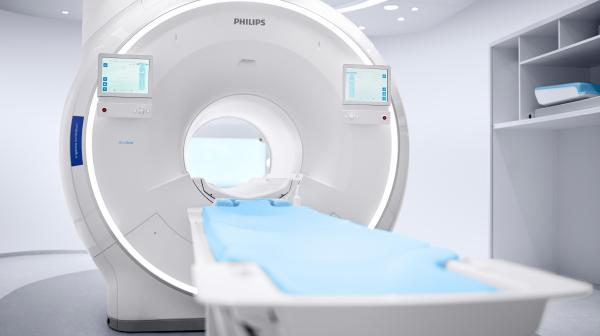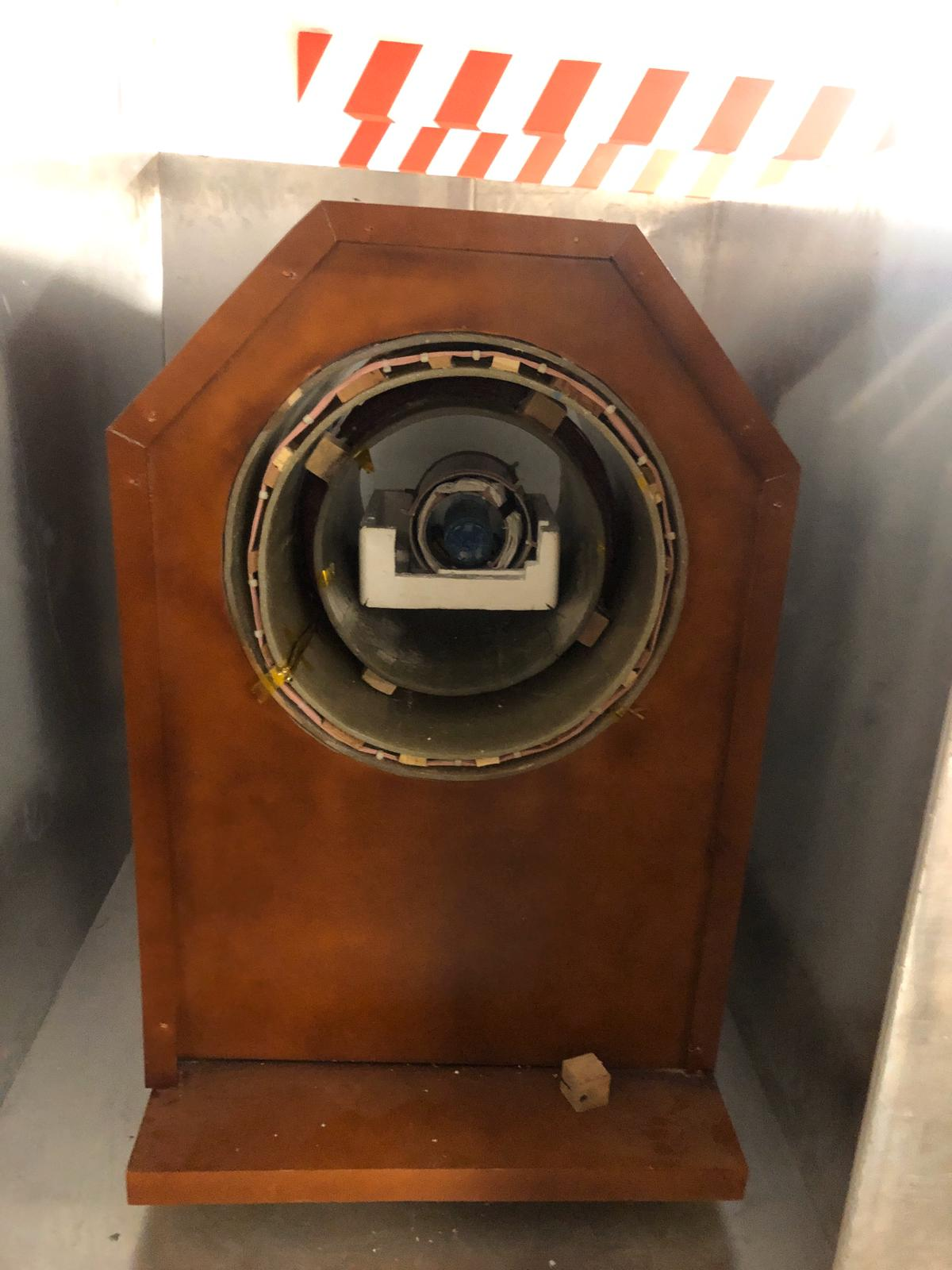Magnetic Resonance Imaging (MRI) scanners
Magnetic Resonance Imaging (MRI) scanners are highly sophisticated machines that use strong magnetic fields and radio waves to produce detailed images of the inside of the human body. As a result, such effective devices that can safely diagnose conditions such as paediatric hydrocephalus. Standard MRI scanners are heavy and complex, and require electricity and liquid Helium; for this reason, these devices are sold at exorbitant prices and are rarely accessible and out of reach for most hospitals in developing countries and resource constrained areas such as Sub-Saharan Africa.

The low- field MRI
Paediatric hydrocephalus is a serious condition that consists of excessive fluid in and around the brain and can be treated only with brain imaging and neurosurgical treatment.
In response to the need for appropriate medical technologies in countries like those in Sub- Saharan Africa where child mortality rates due to hydrocephalus are still very high, the group of Dr. Steven Schiff from Penn State University in the United States developed a prototype of a frugal magnetic resonance imaging scanner that will operate at the Cure Children’s Hospital of Uganda, in Mbale.
The inexpensive and transportable scanner is currently being assembled at the Mbarara University of Science and Technology.

The team and key partners
Dr. Schiff has been working in close collaboration with Dr. Johnes Obungoloch, lecturer and Deputy Dean at the Faculty of Applied Science and Technology of Mbarara University of Science and Technology (MUST) in Uganda and two universities in the Netherlands, the Delft University of Technology (TU Delft) and the Leiden University Medical Centre (LUMC). Currently three prototypes are available: the first one, an initial prototype based on permanent magnets developed jointly by TU Delft and Leiden University Medical Centre and is still being enhanced at the TU Delft in the Netherlands does not yet give clear images. The second one, built at the Leiden University Medical Centre is so far the most outstanding because it provides the best quality images. The third one is the reproduction of the Penn State University scanner at MUST in Uganda.
The Next Steps
A student team from the minor Frugal Innovation for Sustainable Global Development (FI4SGD) helped the team working from the Mbarara University of Science and Technology with their next steps from November 2019 untill January 2020 to reproduce the LUMC machine. This has been done by conducting a qualitative study into the impact on the need of the scanner in healthcare systems in Uganda and patience response to such device, and understanding financial and production possibilities in Uganda in order to develop an adequate business model. The project also included the identification of local manufacturing partners, and improvements to the design of the MRI device.
Sustainable Development Goals
The research project and the low-field MRI scanner aims to advance the UN Sustainable Development Goal 3: Good-Health and Well-Being.
The low-field MRI scanner will have a positive impact on the child mortality rates (under 5 years old) that are still rather high in Sub-Saharan Africa, and in particular in Uganda.
Project Team
Academic Supervisor
Dr. Martin van Gijzen,Technische Universiteit Delft
Dr. Johnes Obungoloch, Mbarara University of Science and Technology
Student Research Team
Shanti Rochester (Universiteit Leiden – International Relations and Organizations)
Lukas van den Berg (Technische Universiteit Delft - Civil Engineering)
Rick Balfoort (Erasmus Universiteit Rotterdam – Business Administration)
